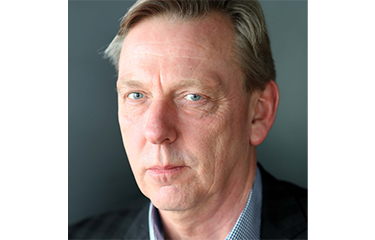The E.U.’s dependency on imported fisheries and aquaculture products – now accounting for between 65 percent and 70 percent of its overall seafood supply – continues to rise.
Ahead of the European Commission’s proposal for autonomous tariff quota (ATQ) volumes for select fishery products in 2024 and 2025, including key whitefish species like cod, pollock, and hake, as well as shrimp and cephalopods, E.U. Fish Processors and Traders Association (AIPCE) President Guus Pastoor and European Federation of National Organizations of Importers and Exporters of Fish (CEP) President Peter Bamberger spoke with SeafoodSource to explain why they believe it is vital for the entire seafood value chain that the region continues to have viable, easy access to essential raw materials from third countries.
SeafoodSource: What is AIPCE-CEP hoping for or expecting in the E.C.’s new ATQ regulation?
Pastoor: We hope the E.C. will support our needs for the processing industry. AIPCE-CEP has assessed the need for materials per member state and has presented these findings to the E.C. The numbers are one thing, but the principle is another. Policymakers need to understand that the processing/trading/logistic sector is generating most of the added value and employment in our value chain. Following the E.U. Green Deal and its sustainability goals, we all want production in Europe, but production is misinterpreted as only primary production. That’s an incomplete understanding: It’s also processing and logistics. We want to buy as much seafood [stemming] from E.U. origins as possible. Look at the fish auctions: every day, everything is sold.
However, the E.U. has a large deficit ...
Photo courtesy of the Global Shrimp Forum








